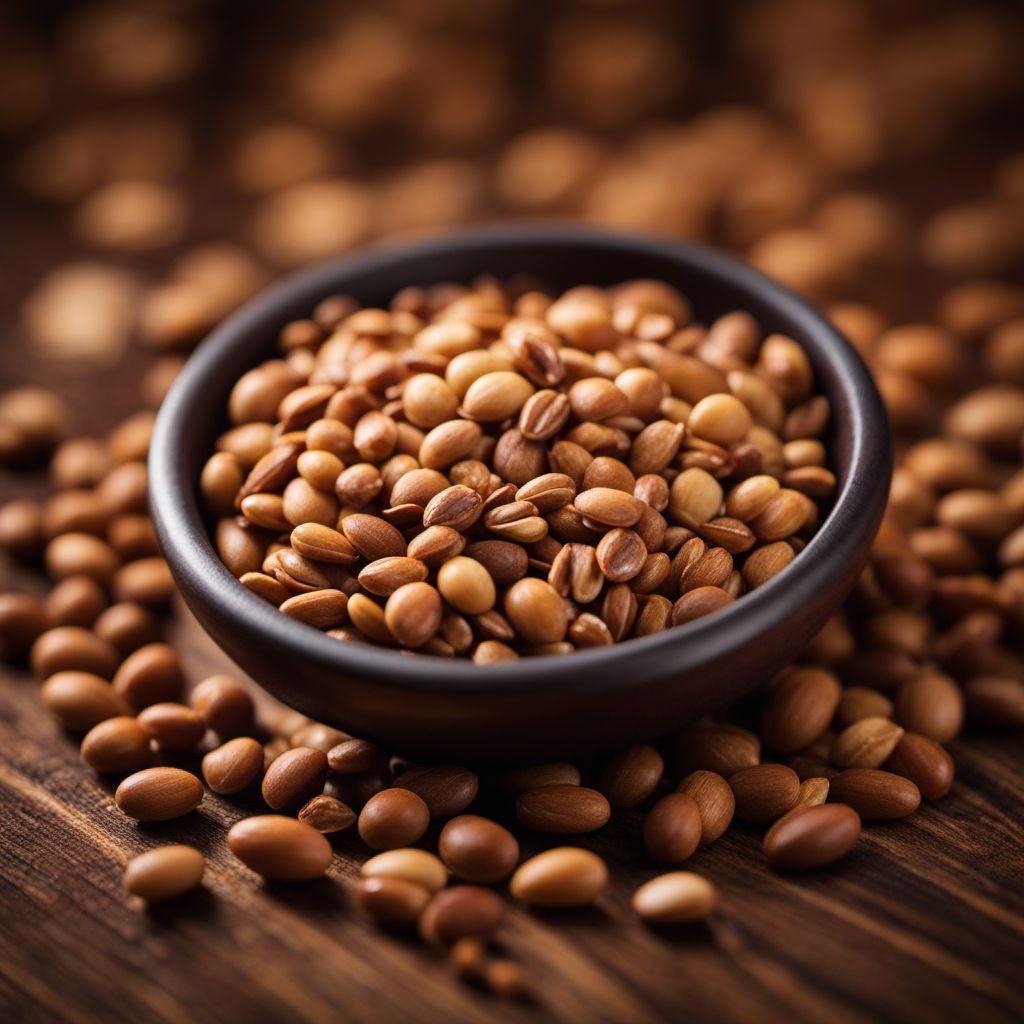
Ingredient
Legume seeds and primary derivatives thereof
The Power of Legumes: Unlocking the Nutritional Potential of Legume Seeds
Legume seeds come in various shapes, sizes, and colors, but they all share a common characteristic: a high nutritional value. They have a firm texture and a mild, earthy flavor that pairs well with a wide range of ingredients. Legume seeds can be cooked and used in soups, stews, salads, or as a side dish. They can also be ground into flour or processed into derivatives such as tofu or tempeh.
Origins and history
Legume seeds have been cultivated and consumed for thousands of years, with evidence of their use dating back to ancient civilizations. They are native to different regions around the world, including the Americas, Africa, and Asia. Legume seeds have played a crucial role in the diets of many cultures, providing a sustainable source of protein and nutrients. They are often associated with traditional dishes and cultural celebrations.
Nutritional information
Legume seeds are a nutritional powerhouse, rich in protein, dietary fiber, complex carbohydrates, and essential vitamins and minerals. They are low in fat and cholesterol, making them a healthy choice for individuals looking to maintain a balanced diet. Legume seeds are particularly high in folate, iron, potassium, and magnesium. They also contain antioxidants and phytochemicals that have been linked to various health benefits, including reduced risk of chronic diseases.
Allergens
Legume seeds may contain allergens such as peanuts or soybeans, which can trigger allergic reactions in some individuals. It is important to read product labels and consult with a healthcare professional if you have known legume allergies before consuming legume seeds or their derivatives.
How to select
When selecting legume seeds, choose products that are free from any signs of damage, such as cracks, holes, or insect infestation. Look for seeds that are uniform in size and color, indicating good quality and proper processing. If purchasing canned legumes, opt for varieties with no added salt or preservatives. For dried legumes, check for any foreign objects or debris and ensure that the packaging is intact.
Storage recommendations
To maintain the quality and shelf life of legume seeds, store them in a cool, dry place, away from direct sunlight or moisture. Keep them in airtight containers or sealed bags to prevent insect infestation or moisture absorption. Proper storage will help preserve the flavor, texture, and nutritional value of legume seeds for an extended period.
How to produce
Legume seeds can be grown in home gardens or small-scale farms with proper care and cultivation techniques. They require well-drained soil, adequate sunlight, and regular watering. Legume plants also have the ability to fix nitrogen in the soil, making them beneficial for crop rotation and soil fertility. With the right conditions, amateur gardeners can successfully grow legume seeds and enjoy the satisfaction of harvesting their own nutritious produce.
Preparation tips
Legume seeds require soaking and cooking before consumption to ensure they are safe to eat and to improve their digestibility. Soaking legume seeds overnight in water helps reduce cooking time and aids in the removal of anti-nutritional compounds. After soaking, rinse the seeds thoroughly and cook them in fresh water until tender. Legume seeds can be used in a variety of dishes, including soups, stews, salads, and spreads. They can also be ground into flour and used in baking or processed into derivatives such as tofu or tempeh.
Culinary uses
Legume seeds are incredibly versatile and used in a wide range of culinary applications. They are a staple ingredient in many traditional dishes, such as chili con carne, dal, hummus, and falafel. Legume seeds can be used as a meat substitute in vegetarian or vegan recipes, providing a good source of plant-based protein. They can also be sprouted and used in salads or sandwiches for added crunch and nutrition.
Availability
Legume seeds are cultivated and consumed worldwide, with different varieties being more prevalent in specific regions. Beans, for example, are commonly used in Latin American and Caribbean cuisines, while lentils are popular in Indian, Middle Eastern, and Mediterranean cuisines. Chickpeas are widely used in the cuisines of the Middle East, North Africa, and the Indian subcontinent. Other legume seeds, such as peas and soybeans, have global popularity and are cultivated in various countries.
More ingredients from this category
Recipes using Legume seeds and primary derivatives thereof » Browse all

Greek Spinach and Feta Pie
Mediterranean Delight: Savory Greek Spinach and Feta Pie

Javanese-inspired Gibanica: A Fusion of Flavors
Java's Delight: A Fusion of Slovenian Gibanica and Javanese Cuisine

Finnish-style Spinach Stew
Nordic Greens Delight
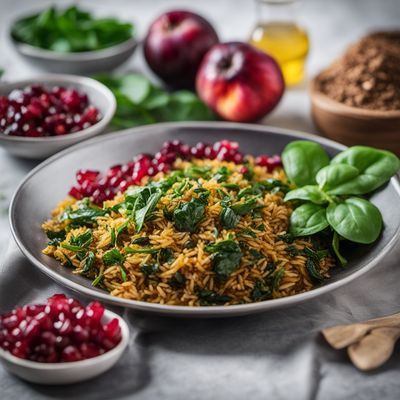
Khoresh alou esfenaj with Persian Rice
Savory Spinach and Plum Stew with Fragrant Persian Rice
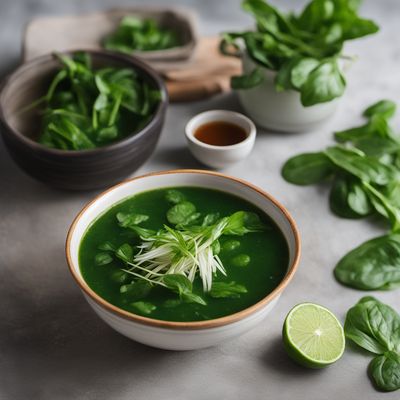
Vietnamese Spinach Soup
Soothing Green Delight: Vietnamese Spinach Soup

Nasi Campur with a Kiwi Twist
Kiwi Fusion Nasi Campur: A Taste of Indonesia with a New Zealand Twist
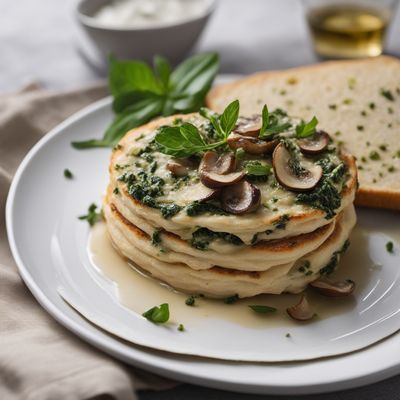
Caponèt with a Twist
Savory Delight: A Modern Twist on Caponèt

Hyderabadi-style Minestra Maritata
Spicy and Fragrant Hyderabadi Minestra Maritata: A Fusion of Italian and Indian Flavors

California Superkanja
Vibrant Greens and Seafood Delight

Ficelle Picarde with a Twist
Savory Stuffed Pancake Delight
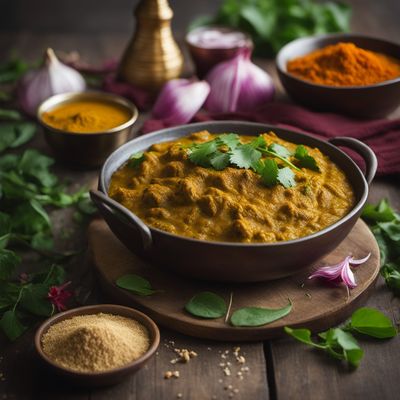
Muboora Curry
Spiced Spinach Delight
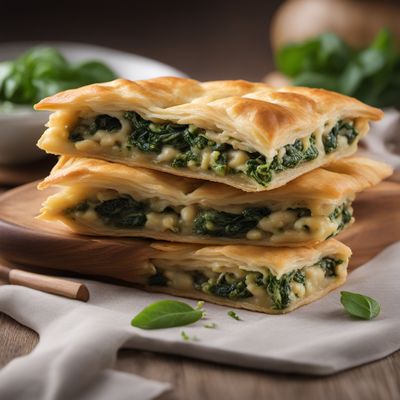
Burkinabé Cheese and Vegetable Pie
Savory Delight: Burkinabé Cheese and Vegetable Pie
